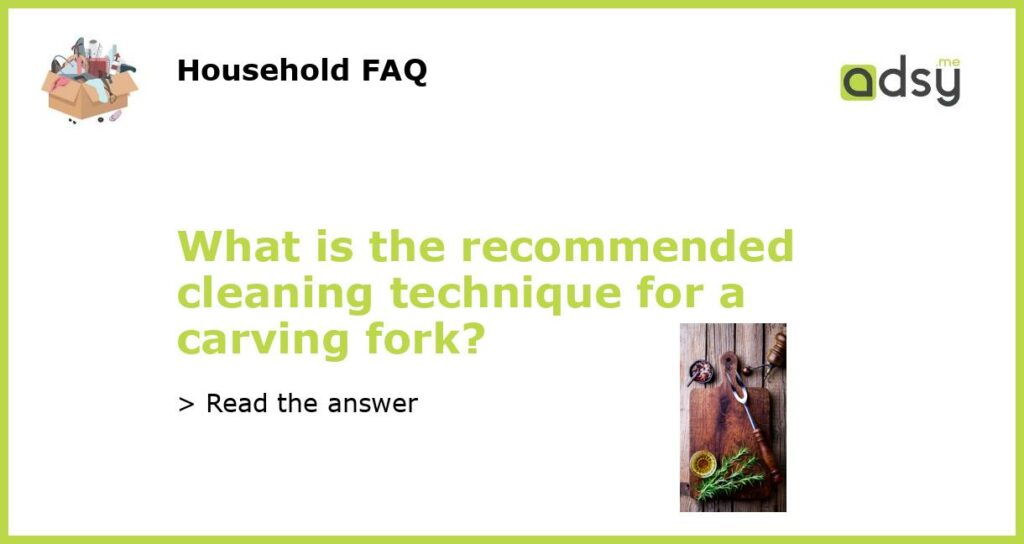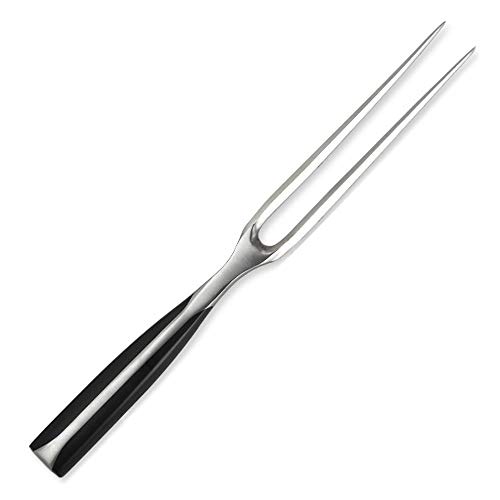Understanding the importance of cleaning a carving fork
A carving fork is an essential kitchen tool used to hold a roast or turkey in place while you carve it into slices. It is crucial to keep this tool clean to ensure that it stays safe for use and does not contaminate your food. The cleaning process may seem simple, but it is essential to do it correctly to prevent damage and ensure long-term use.
Materials needed to clean a carving fork
Cleaning a carving fork requires some essential materials such as warm water, dish soap, a scouring pad or brush, and a dish towel. After each use, you should rinse the fork under warm water to remove any bits of food stuck in the tines.
Proper cleaning technique
To clean a carving fork thoroughly, you should first fill a sink or bowl with warm soapy water. Place the fork in the water and allow it to soak for a few minutes. Then, use a scouring pad or brush to scrub the fork gently, paying attention to the areas between the tines.
Rinse the fork under running water to remove any soap residue, and dry it with a dish towel. Make sure the fork is fully dry before storing it to prevent rusting.
Other cleaning tips
If the fork has accumulated grease or other tough stains, you can use baking soda and water to create a cleaning paste. Apply the paste to the fork and scrub it gently with a scouring pad. Rinse it under running water and dry it with a towel.
It is essential to avoid using abrasive cleaners or steel wool on the fork, as this can damage the surface and remove the protective coating.
Conclusion
The recommended cleaning technique for a carving fork is a simple process that can be done quickly after each use. By keeping your carving fork clean and well-maintained, you can ensure that it stays safe and hygienic for years to come.






